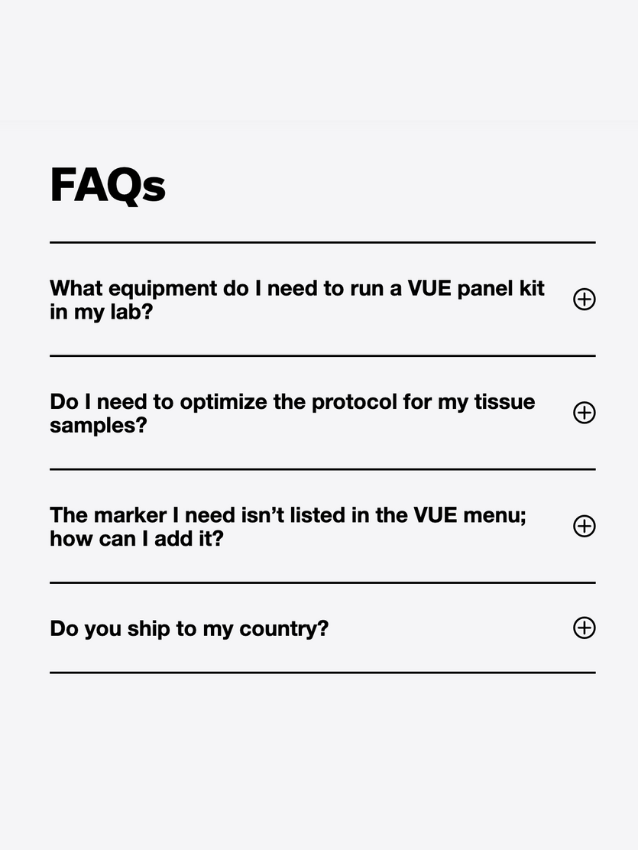SITC recap 2022
It was a record year of attendance at this year’s 37th annual SITC meeting. Whether reflective of waning new Covid cases from a peak in late January 2022, a new location, or merely the appetite to meet up with colleagues, check out new technologies or be part of important scientific discussions-Boston SITC had it all. As one of the top research cities in the world, over 1,000 biotech companies, often early start-ups, call the Greater Boston area home. Several factors play into this dominance including its proximity to Harvard Medical School, the Massachusetts Institute of Technology (MIT), Dana-Faber Cancer Institute, Massachusetts General Hospital, and other leading academic institutions. This collaborative scientific mindset encouraging rapid communication and collaboration was very much present at SITC2022.
December 9, 2022
It was a record year of attendance at this year’s 37th annual SITC meeting. Whether reflective of waning new Covid cases from a peak in late January 2022, a new location, or merely the appetite to meet up with colleagues, check out new technologies or be part of important scientific discussions-Boston SITC had it all. As one of the top research cities in the world, over 1,000 biotech companies, often early start-ups, call the Greater Boston area home. Several factors play into this dominance including its proximity to Harvard Medical School, the Massachusetts Institute of Technology (MIT), Dana-Faber Cancer Institute, Massachusetts General Hospital, and other leading academic institutions. This collaborative scientific mindset encouraging rapid communication and collaboration was very much present at SITC2022.
While a better understanding of cancer immunobiology has increased dramatically in recent years, leading to the successful development of novel immune-based treatment options, unfortunately, only around 20 to 30 percent of solid cancer patients given immunotherapies go into long-term remission. The goal at SITC therefore “aims to make cancer immunotherapy a standard of care and the word “cure” a reality for cancer patients everywhere”. The 3-day meeting and pre-meeting workshops offered valuable scientific educational sessions with key opinion leaders and the latest cutting-edge research summarized in talks and over 1800 posters.
Spatial biology and novel biomarker discovery was front and center at the meeting with several dedicated sessions addressing the complexity of the immune network and tumor microenvironment. Of note was the number of techniques using various high-dimensional methods for exploration of both tissue and blood samples at the genomic, transcriptomic, proteomic, and even microbiome level, in relation to overall treatment response and adverse side effects.
A particularly impressive example of combining methods to achieve a novel understanding of immune response in the tumor microenvironment came from research out of the Sharma lab at MD Anderson (1). With a talk entitled “High-dimensional analyses of intratumoral myeloid cells highlights presence of distinct myeloid cell phenotypes in immune checkpoint-sensitive and resistant tumors”, they presented a comparative analysis of intratumoral myeloid cell subsets to identify the phenotype of immunosuppressive myeloid cells and to identify potential combination strategies to improve immune checkpoint blockade therapy (ICT). Myeloid cells in orthotopic mouse models of ICT responsive (B16F10 melanoma) and ICT non-responsive (MT4 pancreatic) tumors pre- and post-ICT were analyzed via single cell RNA sequencing and multiplexed IHC approaches. scRNAseq of tumor and stromal cells from MT4 and human pancreatic tumors indicated that cancer associated fibroblasts (CAFs) from pancreatic tumors express elevated levels of TNF Stimulating Gene 6 (TSG-6), an anti-inflammatory molecule, that inhibits a pro-inflammatory phenotype and promotes an anti-inflammatory phenotype in myeloid cells. Blocking TSG-6 with monoclonal antibody improved survival and response to ICT in mice with pancreatic tumors by decreasing immunosuppressive myeloid cells and increasing abundance of CD8 T cells. The authors concluded that overall, the data supported a model in which TSG-6, expressed at high levels by CAFs, promotes an immunosuppressive phenotype in myeloid cells in the tumor.
Additional talks addressing the presence and density of CD8+ cells and other immune cell types were high on the agenda. This is especially important as we can now start to appreciate that the spatial pattern analysis of tumors and specific cell co-localization could provide detailed information on overall cancer prognosis. Increasingly, data supports the value of spatial measurement of T cell infiltrates as a novel, robust tumor-immune biomarker. In a talk entitled, “CD8+FoxP3+ cells represent early, effector T-cells and predict outcomes in patients with resectable non-small cell lung carcinoma (NSCLC) receiving neoadjuvant anti-PD-1-based therapy” work from the Cottrell lab at Queens University, Ontario presented a study to identify biomarkers of therapeutic response in patients with non-small cell lung carcinoma (NSCLC) receiving neoadjuvant anti-PD-1 therapy (2). Pre-treatment tumor specimens from patients in the clinical trial of neoadjuvant nivolumab +/- ipilimumab were stained with a 6-marker multiplexed immunofluorescence (mIF) panel for PD-1, PD-L1, CD8, CD163, FoxP3, and cytokeratin. Densities of immune cell populations were analyzed, and the presence of CD8+ FoxP3+ cells correlated with response to neoadjuvant immune checkpoint blockade (ICB). Importantly, the presence of CD8+ FoxP3+ cells were also associated with improved event free survival and overall survival.
The highly interactive two-day poster sessions were packed, encompassing over 1800 novel research findings. Many of the studies also included spatial work, indicating the importance not just of the technologies used to address the presence of specific markers within the tumor microenvironment, but also the image and AI tools used to address cell interactions and proximity. Work from the McKee lab at the Hôpitaux Universitaires de Genève in Switzerland using a 12-marker mIF panel addressed the important differences between MSI (microsatellite unstable) and MSS (microsatellite stable) colorectal cancer biopsies (3). By characterizing the phenotype of the T-lymphocyte population and their localization using cell neighborhoods (CN), analysis identified elements, such as epithelial cells and tertiary lymphoid structures (TLS), that the authors concluded may help to define both the prognosis of tumors and the possibility of a response to immune checkpoint therapy. A number of posters focused on the presence of TLS’s which is known to correlate with a favorable prognosis in many types of cancer. In their poster entitled “Maturation and abundance of tertiary lymphoid structures are associated with the efficacy of neoadjuvant chemoimmunotherapy in resectable non-small cell lung cancer” the Yue group at Tianjin Medical University Cancer Institute and Hospital, Tianjin, China investigated TLS maturation and abundance in resectable NSCLC receiving neoadjuvant treatments (4). The TLS in tumor tissues was detected by mIF and the differences in TLS maturation and abundance among different treatment groups were analyzed, as well as the relationship with pathological response and prognosis of patients. Multiplex analysis showed an increased infiltration of CD8+T cell and decreased infiltration of M1 and M2 macrophages after neoadjuvant chemoimmunotherapy treatment in patients achieving response. Overall, the results demonstrated that TLS maturation may be a potential mechanism of action of neoadjuvant chemoimmunotherapy in resectable NSCLC.
It’s clear based on all the interactions at SITC2022 that spatial biology and the utility of mIF is enhancing the depth of our understanding of disease mechanisms and helping us interpret what cellular changes might be clinically meaningful. To allow deeper discovery of biological insights, the next steps to fully utilize the power of spatial analysis will need to ensure harmonization with the computational methods and pipelines for data analysis. All told, there’s a lot to look forward to in this field in 2023.
Want to learn how spatial phenomics can help guide some of your research, https://ultivue.com/spatial-phenomics/. Please reach out to one of our experts today, https://ultivue.com/contact/
References
1. https://jitc.bmj.com/content/10/Suppl_2/A528
2. https://jitc.bmj.com/content/10/Suppl_2/A63
3. https://jitc.bmj.com/content/10/Suppl_2/A1321
4. https://jitc.bmj.com/content/10/11/e005531








